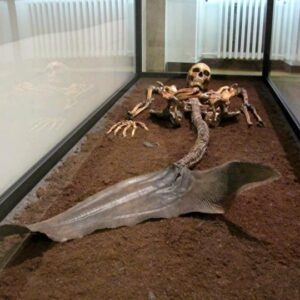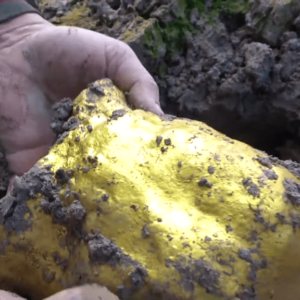
Archaeology has the power to turn ancient texts into vivid, historical realities. A recent video delves into nine remarkable archaeological discoveries that have not only corroborated the Bible but also enhanced our understanding of the events and figures mentioned in the sacred text. These findings transform the Bible from a religious document into a living testimony of historical events, offering tangible proof of the past.
The Pontius Pilate Inscription: A Tangible Link to the Trial of Jesus

One of the most significant discoveries is the Pontius Pilate Inscription, unearthed in 1961 at Caesarea Maritima, Israel. This limestone tablet, carved with the name of Pontius Pilate, the Roman governor who presided over the trial of Jesus, provides the only known inscription from the first century that mentions Pilate. This discovery is crucial as it confirms the historical existence of a key figure in the New Testament, reinforcing the Bible’s account of Jesus’ trial and crucifixion.
Hezekiah’s Tunnel: Engineering Marvel of the Ancient World
Another fascinating discovery is Hezekiah’s Tunnel, constructed by King Hezekiah in the 8th century BC to supply water to Jerusalem during the Assyrian siege. This tunnel, which remains intact to this day, is celebrated as one of the great engineering feats of the ancient world. The Bible describes Hezekiah’s efforts to protect Jerusalem, and the tunnel stands as a testament to the king’s resourcefulness and determination in the face of impending danger.
The Taylor Prism: Sennacherib’s Siege of Jerusalem
The Taylor Prism, a clay cylinder containing the words of Sennacherib, the King of Assyria, offers another piece of historical evidence. Dating back to the 7th century BC and discovered in Nineveh, Iraq, the prism describes Sennacherib’s siege of Jerusalem and his eventual retreat, aligning closely with the biblical account in which King Hezekiah successfully defends the city. This artifact not only corroborates the biblical narrative but also provides insight into the Assyrian perspective of the conflict.
The Siloam Inscription: A Record of Ancient Engineering
Found inside Hezekiah’s Tunnel in 1880, the Siloam Inscription details the construction of the tunnel and the meeting of two teams of workers digging from opposite ends. This inscription offers a rare, first-hand account of an ancient engineering project, validating the Bible’s description of Hezekiah’s tunnel and highlighting the ingenuity of the people who built it.
The Gezer Calendar: A Glimpse into Ancient Agricultural Practices
The Gezer Calendar, a 10th-century BC pottery fragment discovered in Gezer, Israel, is one of the oldest known Hebrew inscriptions. The calendar lists the names of the twelve months and the agricultural activities associated with each, providing a glimpse into the daily life and seasonal rhythms of ancient Israel. This artifact enriches our understanding of the biblical world, showing how deeply the Israelites were connected to the land and its cycles.
The Lachish Letters: A Communication in Times of Siege
The Lachish Ostraca, a collection of pottery fragments found in Lachish, Israel, date back to the 7th century BC and contain letters written by the commander of the Lachish garrison to King Hezekiah. These letters describe the desperate situation during the Assyrian siege of Lachish, just before the city fell. The Lachish Letters provide a poignant, real-time account of a city on the brink of destruction, echoing the biblical narrative of the Assyrian conquest.






